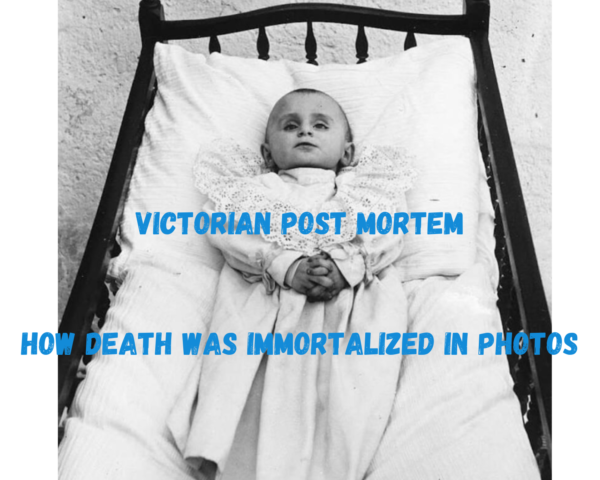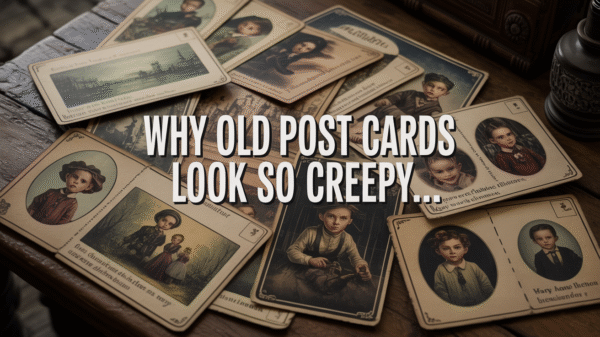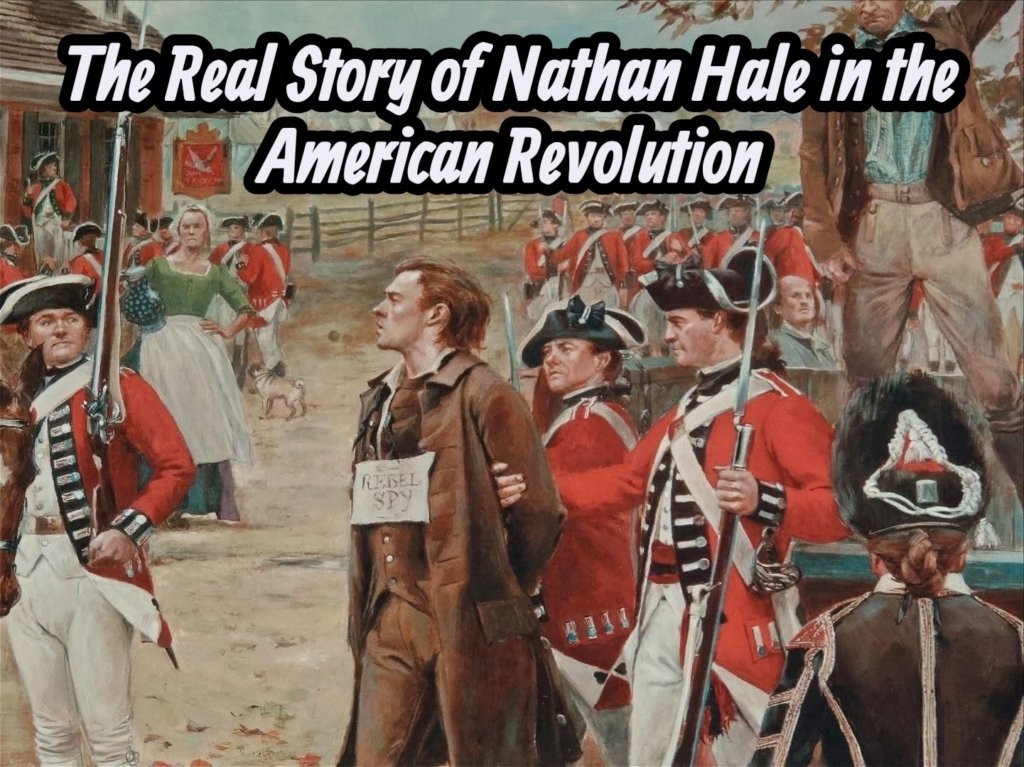
Nathan Hale: The Patriot Who Gave Everything for Freedom
When you hear the name Nathan Hale, it might sound like any other figure from the dusty pages of history. But his story is anything but forgettable. Known for his bravery and tragic end during the American Revolution, Nathan Hale represents the kind of selfless courage we rarely see. His most famous quote—“I only regret that I have but one life to give for my country”—still echoes across American hearts and history books.
Before Nathan Hale became a symbol of patriotic sacrifice, he was just a young schoolteacher with a strong belief in liberty. Today, his name is woven into the fabric of America’s founding struggle, right alongside other powerful moments in our nation’s fight for independence, like the stories we shared in our article on Calvin Graham, the 12-year-old WWII hero.
Who Was Nathan Hale?
Nathan Hale was born on June 6, 1755, in Coventry, Connecticut. He came from a large family and was educated at Yale College, where he graduated at just 18 years old. Originally preparing for a life as a minister, Hale instead turned to teaching and eventually enlisted in the Continental Army when war broke out with Britain in 1775.
Like many young men at the time, Hale was deeply moved by the ideals of freedom and independence. He believed the American colonies deserved to govern themselves, and he wasn’t afraid to risk everything for that cause. Hale’s dedication reflects the same kind of American spirit we see in stories like our feature on the B-17 bombers flying through flak-filled skies, where courage met history head-on.
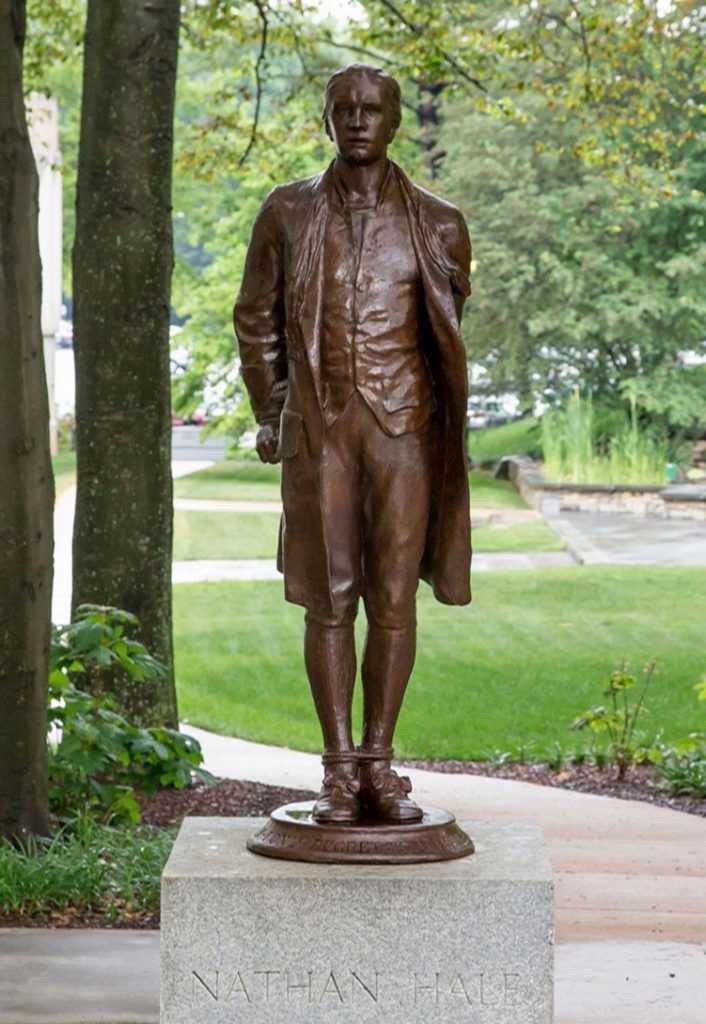
What Did Nathan Hale Do in the American Revolution?
Nathan Hale joined the 7th Connecticut Regiment and quickly rose to the rank of captain. But his most significant role came when General George Washington needed someone to volunteer for a very dangerous mission: spying on British troop movements in New York.
Hale stepped forward, fully aware of the risks. Espionage was considered a high crime—if caught, he wouldn’t be treated like a soldier, but as a spy with no legal protection. He disguised himself as a schoolteacher and crossed enemy lines, gathering information. Unfortunately, his mission was short-lived. Just days later, he was captured by the British.
His bravery in this moment mirrors the kind of dedication found in many wartime efforts, like when we explored the gasoline rationing struggles faced by American families during WWII.
Why Was Nathan Hale Captured?
Nathan Hale’s capture came not because he made a mistake, but because of sheer bad luck. After finishing his mission, he was preparing to return to American lines when the British caught him in possession of documents that exposed his real identity. He had been betrayed by someone loyal to the crown—an unfortunate but all-too-common risk in the spy game during wartime.
Once identified, British General William Howe ordered his execution. Hale was not granted a trial or allowed to write to his family. Despite the fear he must have felt, witnesses described him as calm and composed in his final hours. That courage—knowing he was about to die for a cause bigger than himself—is what cements his legacy.
This same theme of young lives cut short in service of something greater can also be seen in our haunting story about Calvin Graham, the boy who lied about his age to fight in WWII, and still earned medals for heroism before most kids hit high school.
What Were Nathan Hale’s Final Words?
Nathan Hale’s last words are among the most famous in American history. As he stood before the British gallows on September 22, 1776, he is reported to have said:
“I only regret that I have but one life to lose for my country.”
That single sentence, delivered with composure and conviction, instantly immortalized him. It wasn’t just a farewell—it was a declaration of undying patriotism. Even though the exact phrasing has been debated (some historians believe it was inspired by a line from Cato, a popular play at the time), the essence of his message remains unchanged: he was proud to die for the cause of American independence.
We’ve covered other unforgettable quotes in history, like those from WWII icons on our article about B-17 bomber missions, but Hale’s line might be one of the most selfless ever spoken.
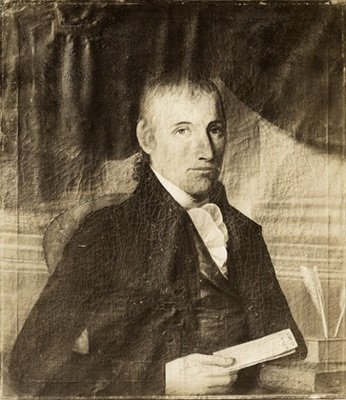
How Old Was Nathan Hale When He Died?
Nathan Hale was just 21 years old when he was executed. Let that sink in—barely into adulthood, he volunteered for a mission that most seasoned soldiers wouldn’t dare accept. He didn’t have to. No one forced him. He did it because he believed America deserved to be free.
His youth adds a tragic layer to his story. Much like Calvin Graham, who fought in World War II at the age of 12, Nathan Hale stands as a symbol of how young some of our bravest heroes really were.
Why Is Nathan Hale Remembered as a Hero?
Nathan Hale is remembered not just for what he did, but for the attitude and bravery with which he did it. He had no illusions about his fate when captured. He faced death with dignity, not bitterness. And he believed, to the very end, that liberty was worth dying for.
He didn’t kill hundreds in battle or lead a famous army, but sometimes heroism isn’t about scale—it’s about heart. His story echoes the kind of quiet, powerful courage we wrote about in American POWs who endured brutal conditions during wartime.
Today, Nathan Hale is remembered as a martyr of the American Revolution, and statues of him stand tall across the country—from New York City to his hometown in Connecticut.
Where Is Nathan Hale Honored Today?
Although his body was never recovered—buried in an unmarked grave by the British—Nathan Hale’s legacy lives on across the United States. His name appears on:
- Statues – The most famous is in front of the CIA Headquarters in Langley, Virginia. Another stands in New York’s City Hall Park.
- Schools – Dozens of schools across the U.S. are named after him.
- The U.S. Army Intelligence – Honors him as the first American spy, with memorials dedicated in his name.
His image and story also appear in textbooks, museums, and historical sites. And now, through articles like this and others on our site like The Story of Jesse James in Joplin, we do our part to ensure these stories stay alive for the next generation.
How Did Nathan Hale Influence American Patriotism?
Nathan Hale became more than a historical figure—he became a symbol. His story was used during the Revolutionary War and long after as a rallying cry for freedom and sacrifice. At a time when the outcome of the war was far from certain, tales like Hale’s reminded Americans that there were men willing to die for the dream of liberty.
That powerful final quote, whether word-for-word or paraphrased, inspired generations of Americans to see freedom as something worth fighting—and even dying—for. Hale’s image and story were especially meaningful in later conflicts, including the Civil War and World War II, when Americans again had to ask themselves what liberty really meant.
We’ve seen similar figures throughout American history, like the story of Charlie Kirk’s legacy, where a young man’s voice stirred up the hearts of many for truth, courage, and standing firm in one’s beliefs.
What Role Did Nathan Hale Play in American Espionage?
Believe it or not, Nathan Hale is widely considered America’s first spy. Although his mission ended in capture and execution, it laid the groundwork for American military intelligence. Today, he’s honored by the U.S. Army Intelligence Corps as a pioneer in the field.
His mission wasn’t necessarily sophisticated by modern standards—there were no disguises, codebooks, or dead drops—but Hale volunteered to cross enemy lines, gather information, and return. That was risky business in 1776.
This act makes Hale one of the earliest examples of sacrifice in intelligence service. His story is taught to intelligence officers even now, reminding them of the weight and responsibility of their work.
For more fascinating stories of daring missions, be sure to check out our deep dive into historic escapes and prison survival, which reveals how others throughout history risked everything for their cause.

Did Nathan Hale Have a Family?
Yes—Nathan Hale was the sixth of twelve children, born to Richard and Elizabeth Hale in Coventry, Connecticut. His family was deeply rooted in the community, and several of his brothers were also involved in education and ministry.
Hale’s decision to become a soldier, and especially a spy, must have been a heavy burden on a close-knit family. He was particularly close to his brother Enoch, with whom he exchanged letters during his time in the army.
Though he never married or had children of his own, Nathan Hale’s legacy lived on through his extended family and through the memorials and schools that bear his name across America.
What Happened After Nathan Hale’s Death?
Hale’s execution by the British did not go unnoticed. News of his dignity in death spread quickly through the colonies and fueled the revolutionary spirit. His final words were published in newspapers and pamphlets, and were even used in plays and literature of the time.
Over the next several years, Hale’s sacrifice became a key example of American bravery, and many others followed his lead—volunteering for dangerous missions with the hope of making a difference.
His story was eventually written into history books, celebrated in patriotic speeches, and etched into stone across memorials. Like the tale of the Birger Gang and bootlegger legends of Illinois, Nathan Hale’s life became larger than life—more than just a biography, but a blueprint of bravery.
His Capture: A Dangerous Mission Gone Wrong
Nathan Hale was volunteering for one of the most dangerous tasks in the American Revolution: spying behind enemy lines. In September 1776, General George Washington was desperate for information about British troop movements in New York. Hale stepped forward without hesitation, fully aware that if caught, he’d be executed.
Disguised as a Dutch schoolteacher, Hale crossed into British-held territory. But his mission didn’t go as planned. Just days after landing, Hale was betrayed—reportedly by a Loyalist cousin—and captured by the British. No trial. No mercy. Just a swift decision: he would be hanged the next morning.
Want to know what other spies and heroes of the Revolution faced under British rule? Don’t miss our article on Calvin Graham, the 12-Year-Old WWII Hero — a very different war, but the same brave spirit.
“I Only Regret That I Have But One Life…”
On the morning of September 22, 1776, just 24 hours after his capture, Nathan Hale was led to the gallows. What happened next turned him into an immortal symbol of American patriotism.
As legend has it, Hale stood tall and said these unforgettable words:
“I only regret that I have but one life to lose for my country.”
He was 21 years old.
Some historians believe his exact wording may have varied slightly, but the heart of the statement was clear—complete devotion to the cause of liberty. His execution was meant to intimidate rebels, but instead, it inspired a revolution.
To explore how the Revolutionary War shaped American sentiment, check out our story on gasoline rationing in WWII— where sacrifice for the country came in many forms, from the battlefield to the home front.
The Aftermath: A Legacy of Loyalty and Sacrifice
Though Hale’s spy mission failed, his story didn’t die at the gallows. His final words were printed in early American newspapers, shared among colonial towns, and passed down through generations. He became a rallying cry, a name etched into the heart of early American identity.
Statues were later erected in his honor, including a famous bronze sculpture standing near City Hall Park in New York City, close to where he was executed. Schools, parks, and even naval ships have carried his name. He wasn’t the only spy of the Revolution, but he became the face of patriotism.
You can also read about the emotional weight of wartime letters and photos — a powerful look into what soldiers carried into battle, then and now.
Where Is Nathan Hale Buried?
Nathan Hale was hanged in New York City by the British in 1776. Sadly, the exact location of his burial is unknown. Most believe that he was buried in an unmarked grave near the site of his execution.
There is, however, a cenotaph in his honor at the Hale Homestead in Coventry, Connecticut, where he was born and raised. The Nathan Hale Homestead is now a museum that preserves his memory, and it’s a must-visit for anyone inspired by early American history.
Honoring Nathan Hale Today
Nathan Hale remains a powerful figure in American culture. Statues of him stand in front of the CIA headquarters in Virginia and at Yale University, where he graduated. Schools, parks, and public buildings across the country are named in his honor.
His story is often used to teach courage, honor, and integrity — values every generation needs. It’s a reminder that ordinary people can do extraordinary things when they stand up for what’s right.
If you like exploring powerful moments from American history, you might also enjoy learning about how gas was rationed during WWII and how everyday citizens came together for the good of the nation.
As an Amazon Associate we earn from qualifying purchases through some links in our articles.


